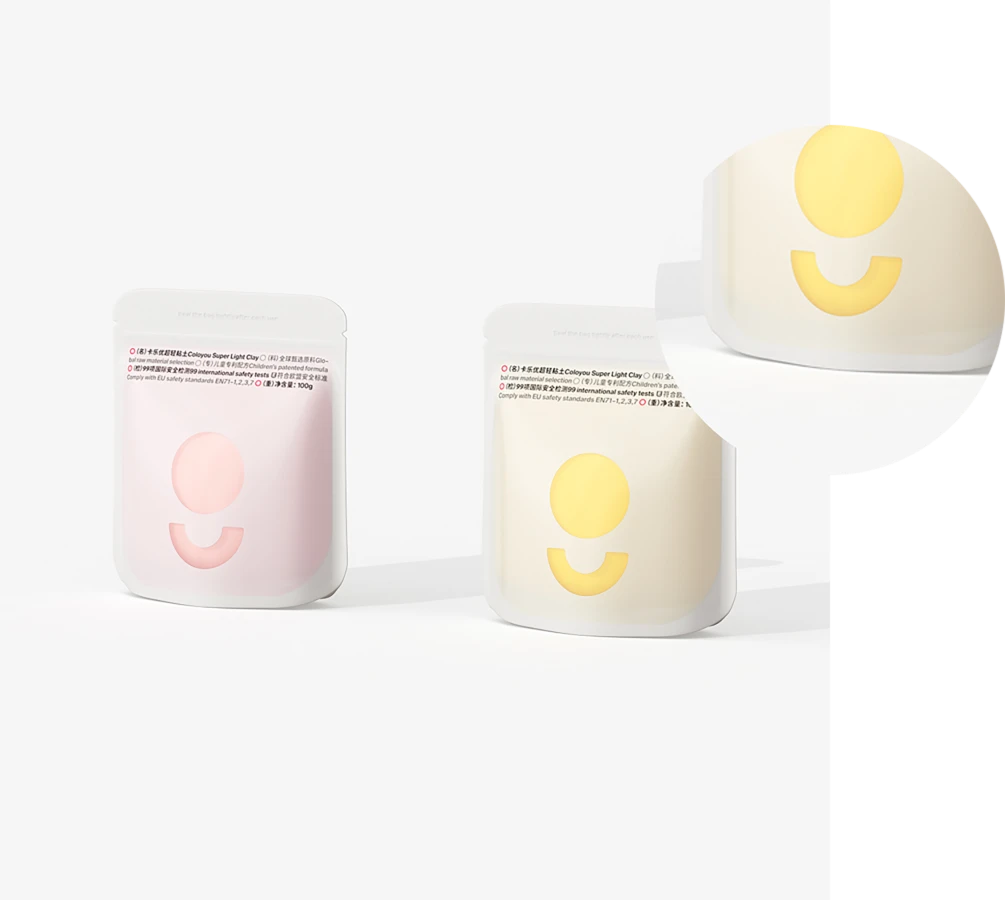- Afrikaans
- Albanian
- Amharic
- Arabic
- Armenian
- Azerbaijani
- Basque
- Belarusian
- Bengali
- Bosnian
- Bulgarian
- Catalan
- Cebuano
- chinese_simplified
- chinese_traditional
- Corsican
- Croatian
- Czech
- Danish
- Dutch
- English
- Esperanto
- Estonian
- Finnish
- French
- Frisian
- Galician
- Georgian
- German
- Greek
- Gujarati
- haitian_creole
- hausa
- hawaiian
- Hebrew
- Hindi
- Miao
- Hungarian
- Icelandic
- igbo
- Indonesian
- irish
- Italian
- Japanese
- Javanese
- Kannada
- kazakh
- Khmer
- Rwandese
- Korean
- Kurdish
- Kyrgyz
- Lao
- Latin
- Latvian
- Lithuanian
- Luxembourgish
- Macedonian
- Malgashi
- Malay
- Malayalam
- Maltese
- Maori
- Marathi
- Mongolian
- Myanmar
- Nepali
- Norwegian
- Norwegian
- Occitan
- Pashto
- Persian
- Polish
- Portuguese
- Punjabi
- Romanian
- Russian
- Samoan
- scottish-gaelic
- Serbian
- Sesotho
- Shona
- Sindhi
- Sinhala
- Slovak
- Slovenian
- Somali
- Spanish
- Sundanese
- Swahili
- Swedish
- Tagalog
- Tajik
- Tamil
- Tatar
- Telugu
- Thai
- Turkish
- Turkmen
- Ukrainian
- Urdu
- Uighur
- Uzbek
- Vietnamese
- Welsh
- Bantu
- Yiddish
- Yoruba
- Zulu
Understanding the Mechanics Behind How Vacuum Packing Preserves Food Freshness
How Does Vacuum Packing Work?
Vacuum packing is a packaging method that removes air from the package before sealing it. This technique not only helps in preserving food but also extends the shelf life of various products. The principle behind vacuum packing is based on the concept of reducing exposure to air, bacteria, and moisture, which can hasten spoilage. Let's explore how vacuum packing works and its various applications.
The Process of Vacuum Packing
The vacuum packing process begins with placing the item to be packed inside a specially designed bag or container. These bags are usually made of multiple layers of plastic, which provide durability and resistance to punctures. Once the item is positioned correctly, a vacuum sealer is employed to remove air from the bag.
1. Air Removal The machine uses a pump to extract air from the packaging. As the air is removed, the bag shrinks tightly around the product, eliminating space that could allow the growth of bacteria, mold, and yeast that thrive in oxygen-rich environments.
2. Sealing After the air is sufficiently removed, the machine seals the package. This is typically done using heat to create a hermetic (airtight) seal that prevents air from re-entering the package. The result is a compact, air-locked container that preserves the integrity of the contents.
3. Storage The vacuum-packed item can be stored in various conditions—be it refrigerated, frozen, or at room temperature, depending on the type of food or product being preserved. The vacuum seal significantly slows down the deterioration process, allowing food to stay fresh longer.
how does vacuum packing work

Benefits of Vacuum Packing
Vacuum packing offers several advantages across different sectors, particularly in food preservation - Extended Shelf Life Removing air reduces the oxidation process, which can lead to rancidity in fats and spoilage in perishable products. Vacuum-packed foods can last several times longer than non-packaged counterparts. - Flavor Retention Since vacuum packing prevents exposure to air, it helps lock in flavors and moisture, ensuring that food tastes as fresh as possible when it is opened. - Space Efficiency Vacuum-sealed items take up less space in storage. This not only benefits businesses by maximizing storage capabilities but also helps consumers organize their food supplies more efficiently. - Reduced Waste By prolonging the life of foods, vacuum packaging helps reduce food waste, which is critical in an era when sustainability is an increasing concern.
Applications Beyond Food
While vacuum packing is widely used in the food industry, its applications extend into other areas - Medical Supplies Sterile medical instruments are often vacuum packed to ensure hygiene and prevent contamination. - Clothing and Linens Vacuum packing is used as a space-saving method for storing seasonal clothing and bedding. It protects items from dust and moisture while reducing storage volume. - Electronics Some electronic devices are vacuum packed to prevent oxidation of sensitive components.
Conclusion
Vacuum packing is a versatile and effective method for preserving a wide array of products. Its principle of air removal and hermetic sealing contributes to extending the shelf life of food items, preserving flavor, and ensuring hygiene in medical and electronic applications. As consumers and industries alike become more conscious of food waste and the importance of sustainability, vacuum packing remains a vital technology in packaging and preservation practices. Whether you are a home cook looking to keep food fresh or a business seeking to enhance storage efficiency, understanding how vacuum packing works can lead to smarter choices and better conservation of resources.













